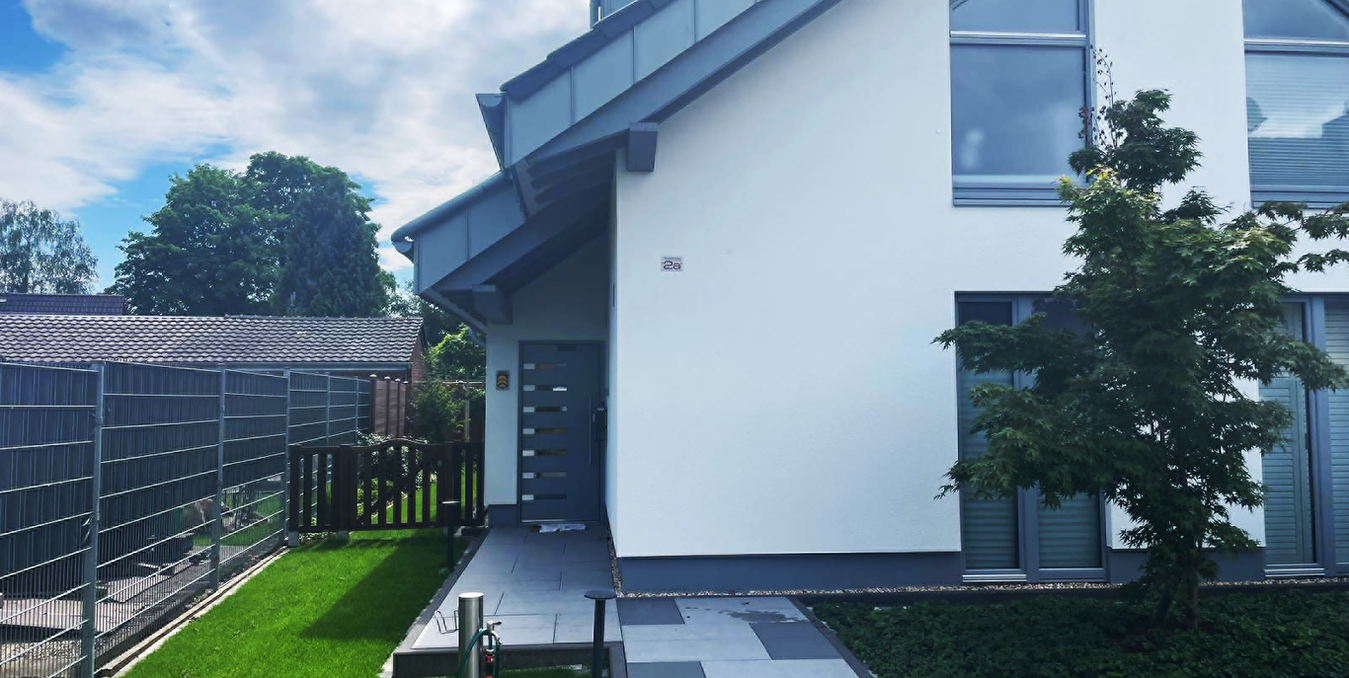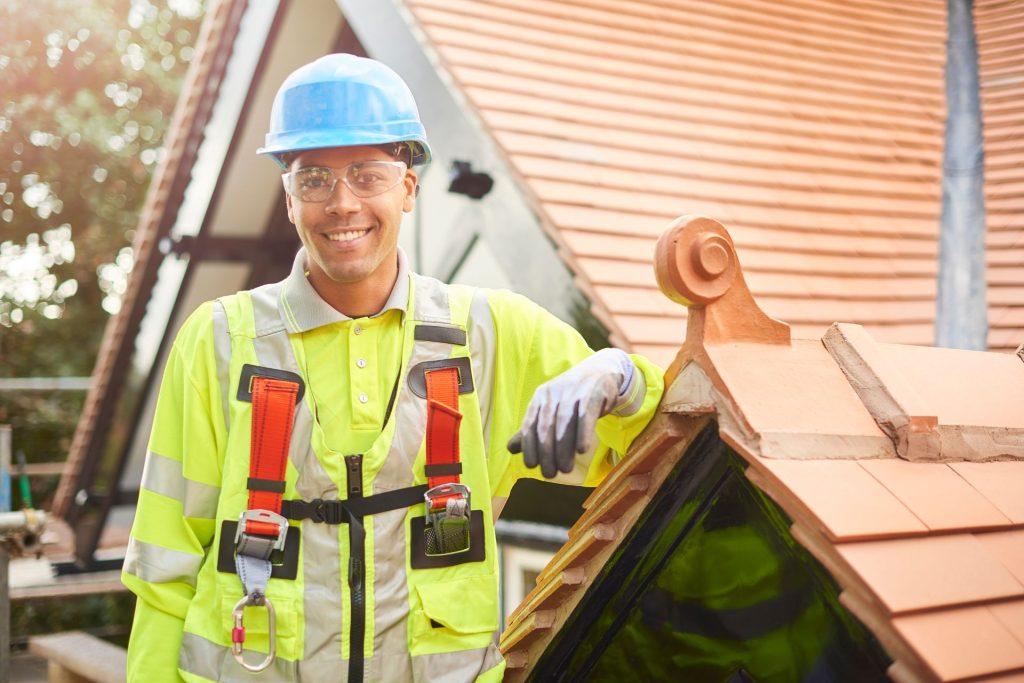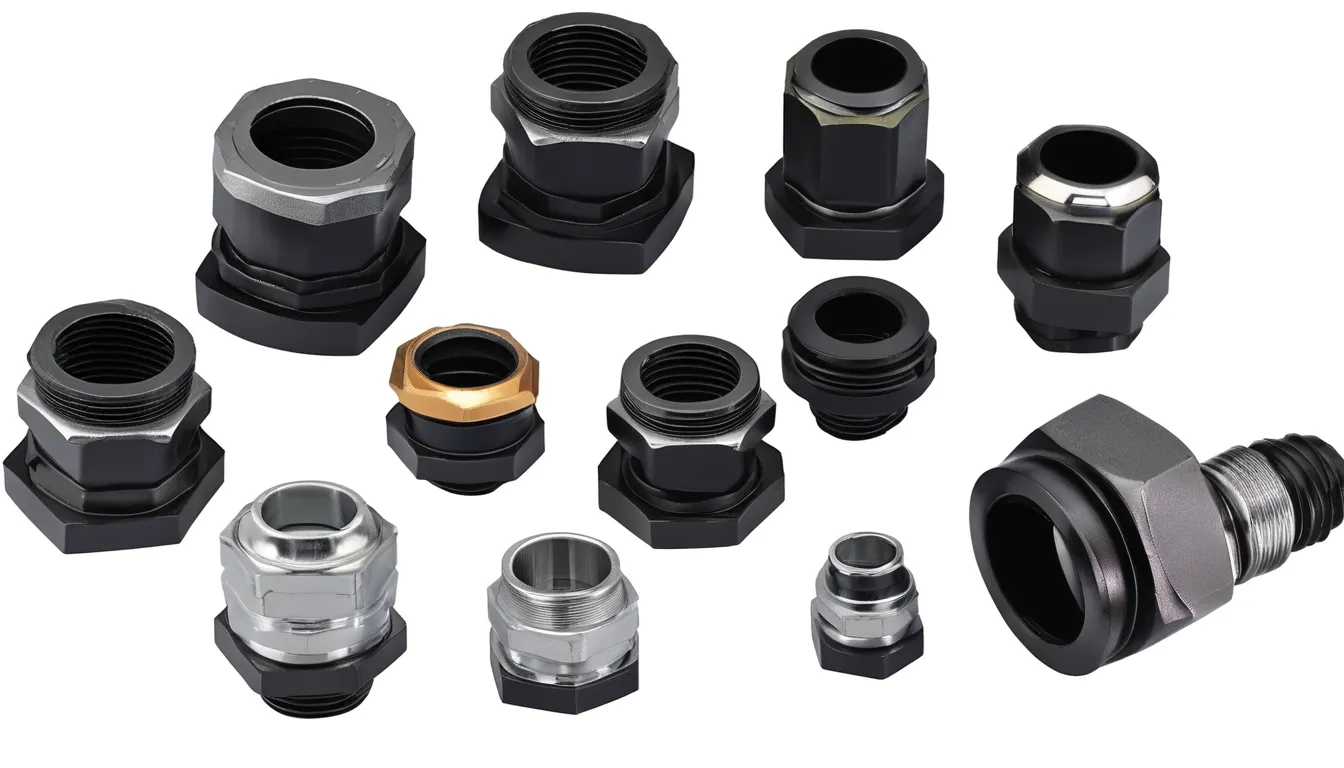As you consider the role of thermal insulation in your energy planning, it’s crucial to understand how effective verification can significantly impact your overall efficiency. By employing methods like blower door tests and infrared thermography, you can pinpoint areas where energy loss occurs, enhancing your comfort and potentially cutting costs. However, the implications of this process extend beyond immediate savings. What other benefits could emerge when you adopt a comprehensive approach to insulation verification? The answer might just reshape how you think about energy management.
Importance of Thermal Insulation
When it comes to energy efficiency, the importance of thermal insulation can’t be overstated. It plays a crucial role in minimizing energy loss, which means your heating and cooling systems don’t have to work as hard. By effectively sealing in warm air during winter and keeping it out during summer, you’re not just enhancing comfort—you’re also cutting down on energy bills.
Investing in proper insulation helps maintain stable indoor temperatures, creating a more pleasant living environment year-round. You’ll notice a significant reduction in drafts and cold spots, allowing you to enjoy your home without constant temperature fluctuations.
Beyond personal comfort, enhanced thermal insulation contributes to sustainable living practices, as it reduces overall energy consumption. Moreover, quality insulation can increase the longevity of your HVAC systems, saving you money on repairs and replacements down the line.
If you’re considering renovation or building a new space, prioritizing insulation will pay off in the long run. It’s a smart choice for both your wallet and the environment. In a world increasingly focused on sustainability, ensuring your home has the right thermal insulation isn’t just an option; it’s a necessity.
Common Insulation Materials
Selecting the right insulation material is key to maximizing energy efficiency in your home. Various options are available, each with its own advantages.
Fiberglass insulation is one of the most common choices. It’s affordable, easy to install, and delivers excellent thermal performance. However, make sure you’re aware of its potential health risks during installation.
Another popular option is foam board insulation, which is highly effective for exterior wall and basement applications. It’s moisture-resistant and helps to reduce thermal bridging, making it a solid choice for energy efficiency.
If you’re looking for an eco-friendly option, consider cellulose insulation. This material is made from recycled paper products and has a lower environmental impact. It also has great thermal properties, but installation is typically best left to professionals.
Mineral wool is another excellent choice, providing fire resistance as well as soundproofing benefits. It’s non-combustible, making it a safe insulation option, especially in areas requiring added protection against fire.
Ultimately, your choice should reflect your specific needs, budget, and the unique characteristics of your home to achieve optimal energy efficiency.
Methods for Verification
To ensure that your insulation performs as intended, it’s crucial to employ effective verification methods that can accurately assess thermal resistance and energy efficiency.
One popular approach is destructive testing, where you take samples of the insulation material and measure their thermal properties in a lab setting. This method gives you precise data, but it can be time-consuming and may require you to compromise your installation.
Another option is non-destructive testing, which allows you to assess the insulation’s performance without causing any damage. Techniques like infrared thermography can identify temperature differences across surfaces, helping you pinpoint areas of heat loss.
You could also use blower door tests to detect air leaks, a common culprit in energy inefficiency.
In situ measurements involve assessing insulation while it’s installed, providing real-world data. Monitoring systems can be installed to track energy consumption over time, thus giving you insight into how your insulation holds up during various conditions.
Benefits of Effective Verification
Effective verification of insulation not only ensures that you’re meeting performance standards but also provides a range of tangible benefits for both immediate and long-term energy savings.
By confirming that your insulation is effective, you’ll significantly reduce energy consumption, cutting down on your utility bills right from the start.
You’ll also enhance your building’s comfort levels. Properly verified insulation leads to more consistent indoor temperatures, preventing those annoying hot and cold spots. This translates into a more pleasant living or working environment for everyone.
Moreover, effective verification can prolong the lifespan of your building’s HVAC system. When insulation works as it should, your heating and cooling systems don’t have to work overtime, reducing wear and tear. This can mean fewer repairs and longer intervals between replacements.
Lastly, effective verification can improve your property’s resale value. Buyers are increasingly looking for energy-efficient homes. Demonstrating a commitment to energy performance through verification can give you an edge in the market.
In short, verifying insulation offers immediate cost savings, enhances comfort, and adds long-term value to your property.
Future of Energy Planning
As society’s energy needs evolve, the future of energy planning must focus on sustainability and efficiency.
You’ll need to embrace innovative technologies, like smart grids Energieberatung renewable energy sources, to create a resilient energy system. By integrating advanced analytics and data-driven approaches, you’ll be better equipped to predict and manage energy consumption patterns.
Collaboration will play a crucial role in shaping future energy strategies. Engaging stakeholders—including governments, businesses, and communities—will help align interests and foster shared goals.
You can promote energy conservation by developing educational initiatives that encourage responsible consumption.
Policy frameworks must also adapt to these changes. Advocating for legislation that supports renewable energy development and incentivizes energy-efficient solutions will be essential.
You’ll want to stay informed about advancements in energy regulations and funding opportunities to leverage available resources effectively.
Additionally, prioritizing adaptability in your planning processes will ensure resilience against unforeseen challenges, like climate change impacts or technological disruptions.
Conclusion
In conclusion, verifying your thermal insulation plays a crucial role in achieving efficient energy planning. By understanding the importance of insulation and utilizing effective verification methods, you can significantly reduce energy loss and enhance indoor comfort. This proactive approach not only supports sustainable living but also boosts your home’s appeal to potential buyers. Embracing these practices today ensures a more energy-efficient future for you and your environment. Don’t wait—take steps towards better insulation verification now!






